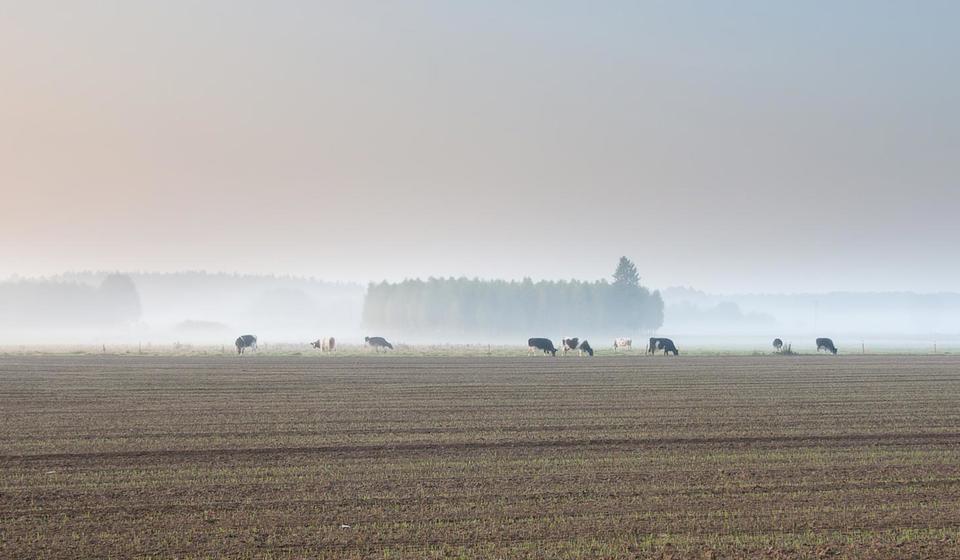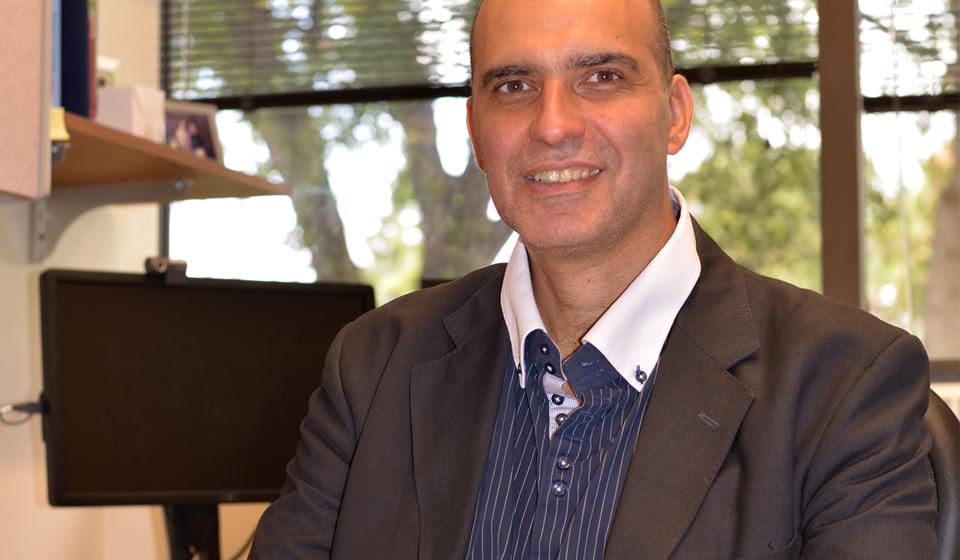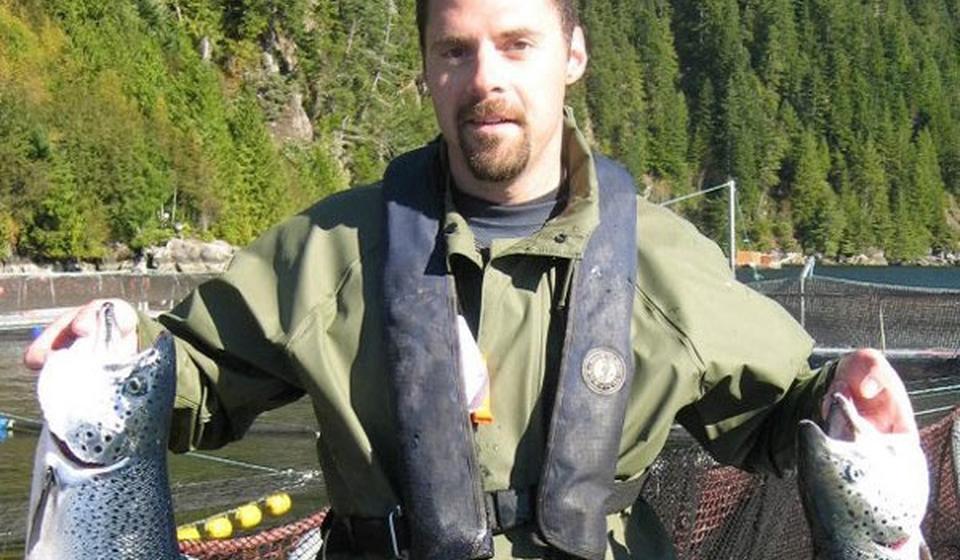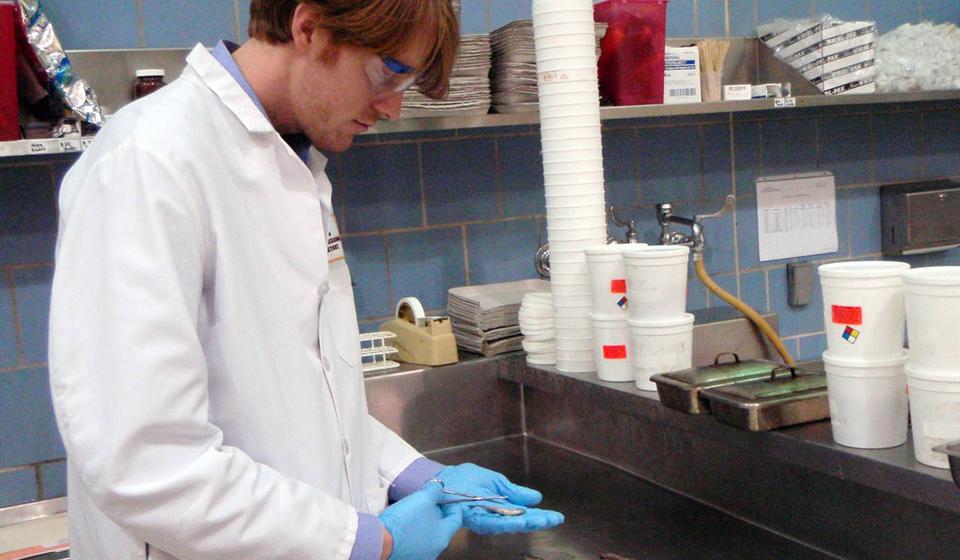Category:
Newsletter
Over the last 10,000 years or so, pigs and humans have developed a close relationship. Ever since pigs were first domesticated, swine production has played a key role in sustaining human populations.
CAHFS has long-standing partnerships with the nation’s leading pork organizations, which each play a crucial role in ensuring global swine health and combating the industry's biggest threats.
Noelle Noyes uses her background in social sciences, business, and veterinary epidemiology to bridge the gap between researchers and farmers. “I'm very adamant about making sure my research has some connection to actual problems producers are facing."
It’s important to understand how animals, humans, and the environment play a part in AMR genes. Through a partnership with the Minnesota Department of Health, CAHFS and the VDL are conducting new research.
For millennia, humankind has used antibiotics to treat infections empirically, even before knowing those infections were caused by bacteria—or that bacteria existed. Yet, as antimicrobials have flourished, so too has antimicrobial resistance in bacteria, leading to a prediction that by 2050 over 10 million people will die annually due to AMR.
Communities of scientists, practitioners, food producers, and health professionals around the globe are working to better understand the implications of antimicrobial use and resistance.
Researchers at the University of Minnesota Center for Animal Health and Food Safety are working with the Minnesota Veterinary Diagnostic Laboratory and the Minnesota Department of Health to learn which Salmonella strains are emerging in the Midwest.
One of the most important challenges humankind faces today is the expected increase in population size, with projections—supported by the United Nations—that the world population will reach the 9 billion mark by the year 2050. Population growth will consequently lead to an unprecedented increase in food demand. Although all food animal industries will continue to work to prepare and adapt to satisfy that demand, consensus is that aquaculture will play a significant role in the future of food security.
Raising fish for food perfectly illustrates the One Health concept the College of Veterinary Medicine has promoted for many years to describe the interdependence of animal, human and environmental health, says Alex Primus, assistant professor in the Department of Veterinary Population Medicine. “Fish is a very heathy source of protein and when farmed responsibly can be produced in a very environmentally sustainable manner."
CAHFS, the Minnesota Aquatic Invasive Species Research Center, and the Minnesota Department of Natural Resources form an informal partnership to work with private aquaculture producers to tackle concerns about water quality, fish diseases and genetics, and invasive species. By working together, the partners can more effectively confront complex policy and regulatory issues than if they were working alone.









